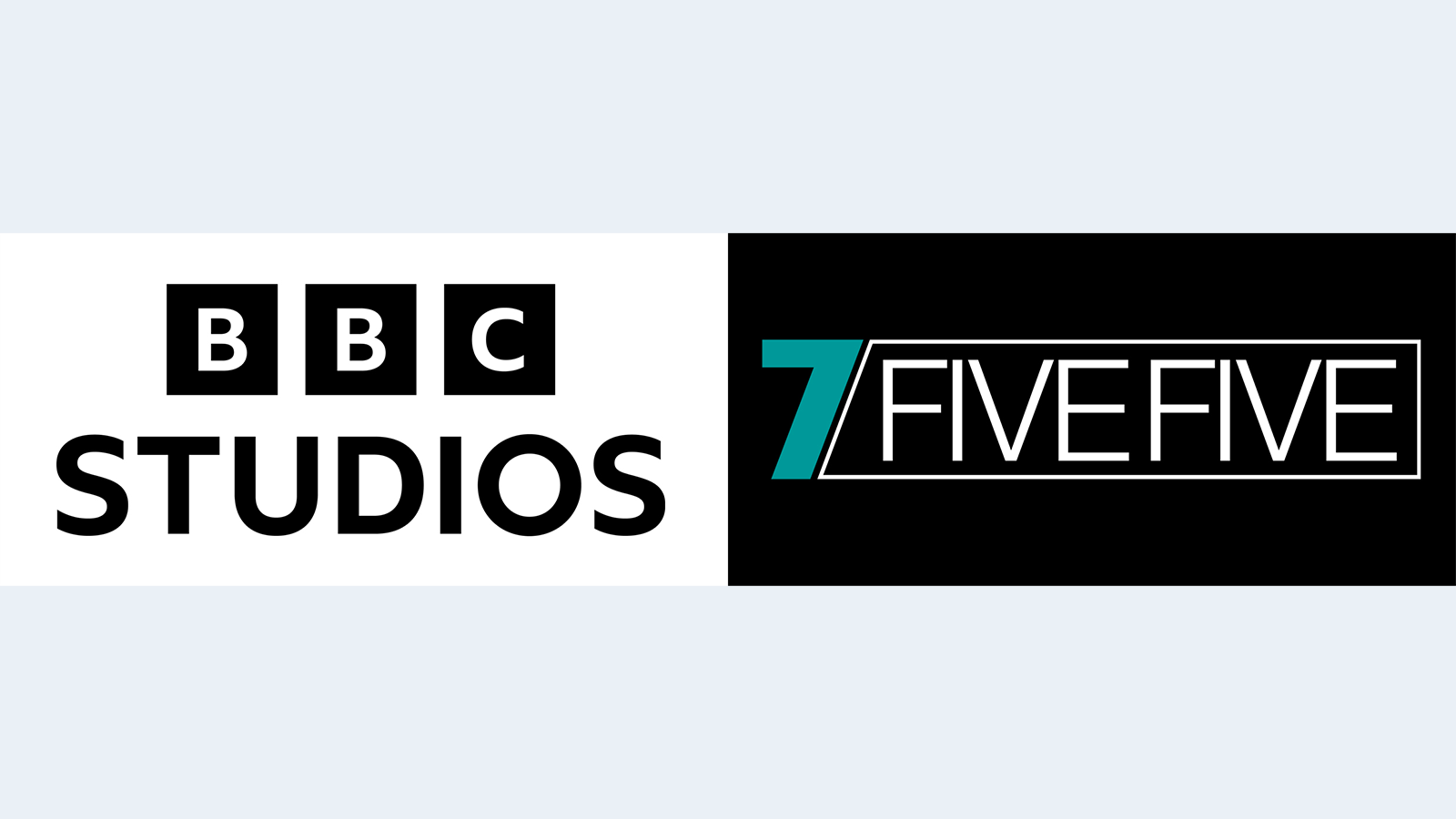Broadcasters to FCC: Bring Local TV Ownership into the 21st Century
WASHINGTON—Broadcasters’ chief lobbyist reminded the FCC this week that the current media landscape has rendered the commission’s TV ownership rules obsolete.

“Given the rapidly evolving marketplace, the current version of the local TV ownership rule is no longer necessary in the public interest as the result of competition,” the National Association of Broadcasters told the FCC in comments to the FCC’s 2018 Quadrennial Review on broadcast ownership rules. The comment window closed on Monday, April 29, and those filed by broadcasters and other organizations often cite a key consideration for any regulations of the ownership rules: competition.
The NAB added, “Due to digital technologies’ transformation of the delivery of media content and the sale of advertising, the FCC must reevaluate how it defines the markets in which broadcast TV stations compete for audiences and advertisers… The local TV rule therefore must reflect that stations today compete for audiences in a market including, at the least, terrestrial broadcasters, pay-TV providers and providers of video programming over the internet and to mobile devices… Counting only broadcast TV stations as relevant competitors would define the market as if it were still 1940, when the FCC prohibited common ownership of two TV stations in ‘substantially the same service area.’
“The FCC’s ownership rules prevent TV stations—but not their competitors—from achieving needed economies of scale,” the NAB continued. “Without regulatory relief, the FCC places at risk the new and other locally-oriented services offered by broadcast TV stations that it professes to value.”
Broadcasting company TEGNA Inc. shares the NAB’s viewpoint and stated as such in its filed comments following meetings with FCC Chairman Ajit Pai. TEGNA wrote that the new competition facing broadcasters must be taken into account as to whether “the unique ownership restrictions imposed on broadcasters can continue to be justified as serving the public interest.”
However, there are some that believe the removal of ownership restrictions could impact not just competition but the ownership diversity.
“The FCC has consistently failed to examine race and gender diversity when it comes to broadcast ownership,” said Yosef Getachew, director of Media and Democracy Program for Commons Cause. “Without properly assessing the impact of ownership diversity, the FCC has abandoned many of its media ownership rules, which will result in more consolidation and fewer diverse and independent voices in the marketplace. The elimination of media ownership rules will also harm localism and competition—values the Commission is statutorily obligated to uphold.”
Get the TV Tech Newsletter
The professional video industry's #1 source for news, trends and product and tech information. Sign up below.
ACA Connects—a collection of cable, phone and fiber-to-the-home operators—meanwhile, looked at the possible rule changes in terms of retransmission and potential harm that could come from rule changes to the national cap, or to mergers that would result in national consolidation. “Relaxing the cap will cause significant consumer harm—harm that would have to be outweighed by corresponding consumer benefits,” ACA’s comments read.
To address this, ACA Connects suggested in its comments that the FCC obtain retransmission consent data and have the Office of Economics and Analytics conduct an econometric analysis to balance the harms and benefits of relaxing the national cap. They also suggest it should be the broadcasters’ responsibility to provide the necessary data as the proponents of the rule change. “We continue to believe that the Commission cannot rationally or lawfully approve significant additional national consolidation without taking such steps.”
To read all of the comments filed in relation to the 2018 Quadrennial Review, search the ECFS database using Docket Number 18-349.
